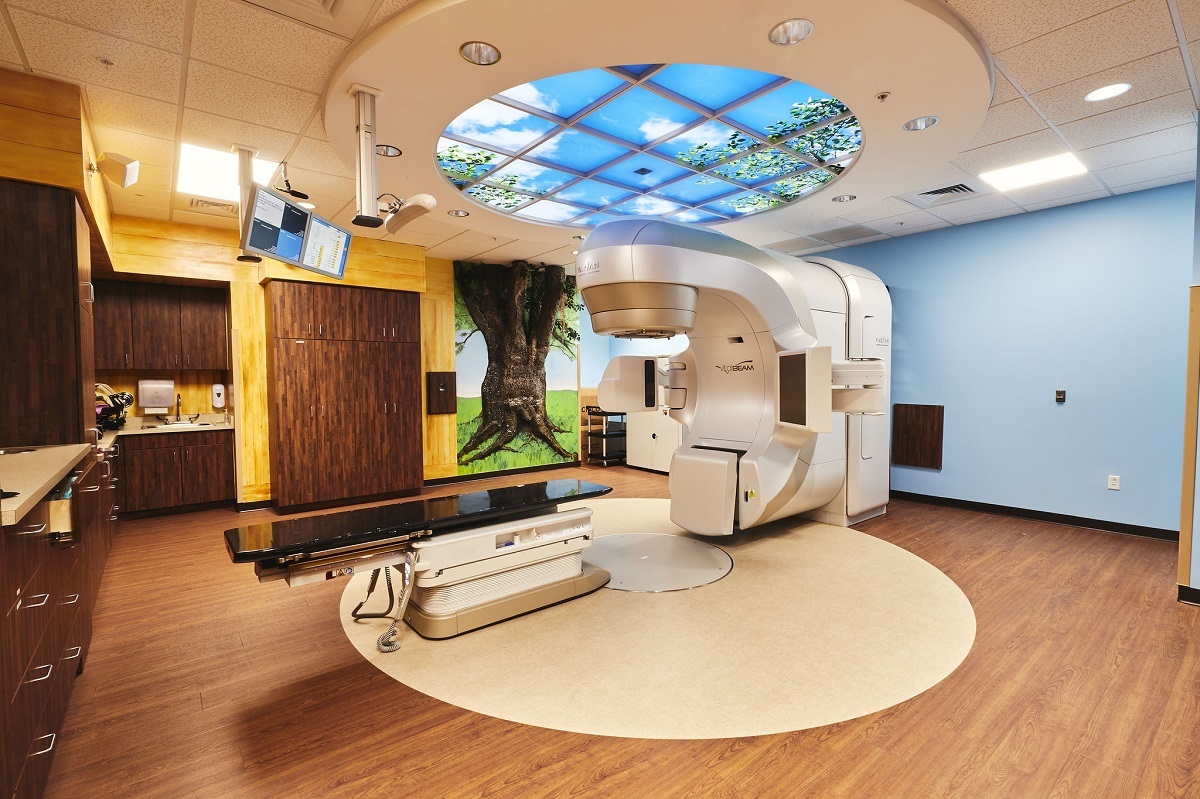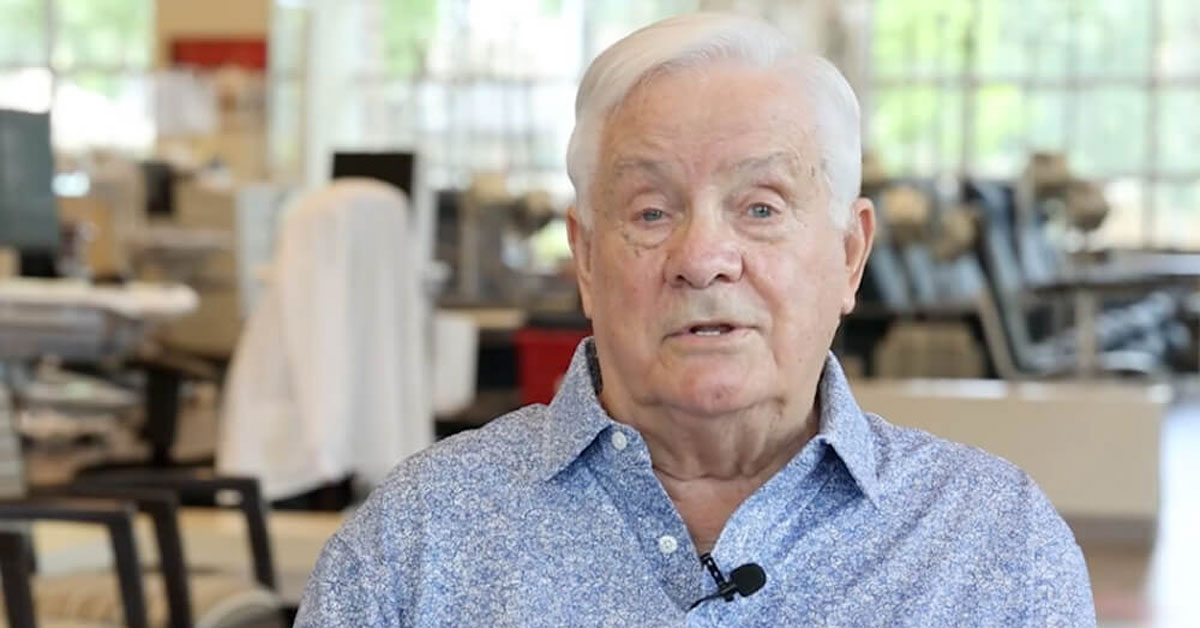Hypofractionation Radiotherapy

Hypofractionation: A New Standard of Care for Prostate Cancer
Radiation therapy, also known as radiotherapy, is extremely effective at treating and curing early stage prostate cancer. It is non-invasive, performed in an outpatient setting and, overall, is quite well tolerated by patients. One significant drawback is the length of treatment. Thanks to ongoing technology advances, shorter treatment schedules are becoming the new standard of care for prostate cancer. Hypofractionated radiotherapy shortens the overall duration of radiation therapy by delivering fewer treatments but with a higher dose of radiation per daily treatment resulting in similar positive outcomes with no additional side effects.
What is Hypofractionated Radiotherapy?
Radiation, which involves the use of high energy x-ray beams to destroy tumor cells, is usually delivered in one or more “fractions” or treatments. For the last several years, external beam radiotherapy for prostate cancer has consisted of once-daily treatment for approximately nine weeks, which can be extremely inconvenient for patients.
Hypofractionation is the use of radiotherapy to a smaller number of fractions but at a higher dose, made possible by modern equipment with advanced imaging capabilities. Recent clinical trials have demonstrated that moderate hypofractionation, the use of shorter treatment schedules, once daily for five weeks, results in similar positive outcomes with no additional side effects. An added benefit? It also reduces cost to the patient.
Overall, side effects from prostate cancer treatment with radiotherapy are usually minimal and temporary. The most common side effects include fatigue, urinary frequency or urgency, diarrhea, rectal tenderness or irritation and the possibility of impotence, or erectile dysfunction.
Our Florida Cancer Specialists & Research Institute Ocala Cancer Center utilizes Align RT™, premier surface guided radiation technology. This non-invasive technique helps to position and monitor patients during radiation treatment with sub-millimeter accuracy, which allows clinicians to deliver treatment with great precision and without the need for any permanent marks or skin tattoos.






Comments